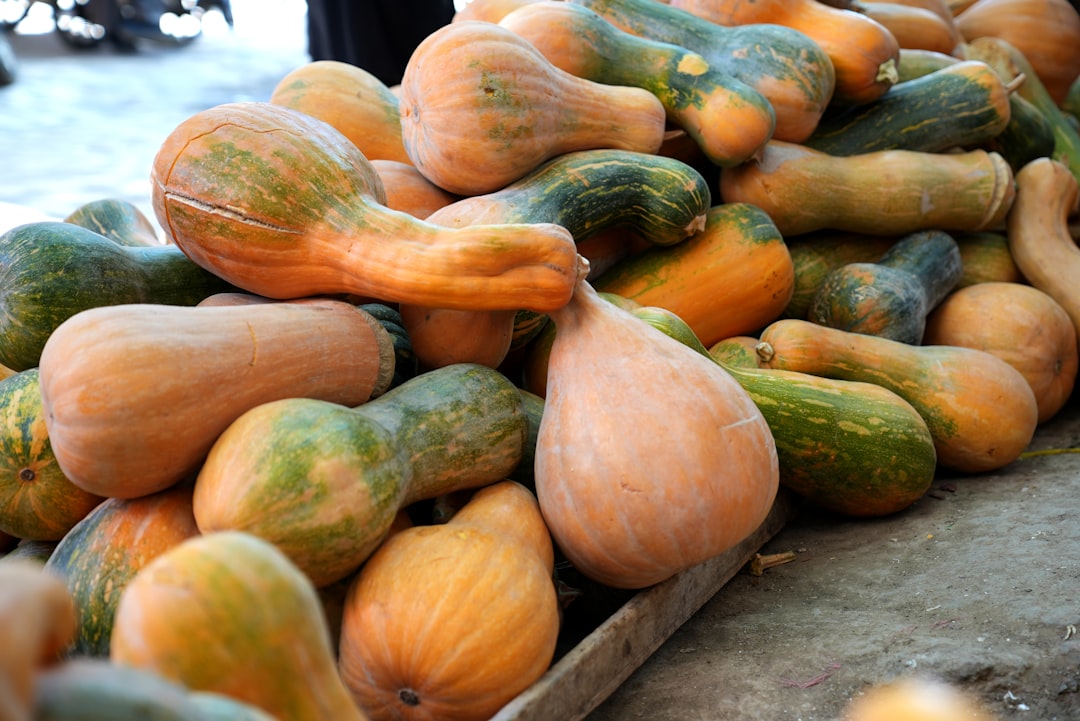The Secret Weapon for a Thriving Garden: 10 - 10 - 10 Fertilizer

When it comes to nurturing a lush and productive yard, whether it's a vibrant flower garden or a bountiful veggie patch, the right fertilizer can make all the difference. One such fertilizer that has gained significant popularity among gardeners is the 10 - 10 - 10 fertilizer. In this article, we'll delve into what exactly 10 - 10 - 10 fertilizer is, and how and when you should use it to maximize the health and beauty of your garden.
First things first, what does the term "10 - 10 - 10" mean? These numbers represent the percentage by weight of three primary nutrients in the fertilizer: nitrogen (N), phosphorus (P), and potassium (K), respectively. Nitrogen is crucial for promoting leafy growth and overall plant vigor. It helps plants produce chlorophyll, which is essential for photosynthesis. Phosphorus plays a vital role in root development, flowering, and fruiting. It aids in energy transfer within the plant and is especially important for young plants establishing their root systems. Potassium, on the other hand, enhances plant resistance to diseases, drought, and other environmental stresses. It also contributes to the overall quality of fruits and flowers.
Now that we understand the components, let's talk about how to use 10 - 10 - 10 fertilizer. For a vegetable garden, it's best to apply the fertilizer before planting. You can work it into the soil at a rate of about 1 to 2 pounds per 100 square feet. This will provide the young plants with a good supply of nutrients as they start to grow. As the vegetables mature, you can side - dress them with a light application of the fertilizer every 4 to 6 weeks. Side - dressing involves sprinkling the fertilizer around the base of the plants, about 3 to 4 inches away from the stem, and then gently working it into the soil.
In a flower garden, the application process is similar. Before planting your annuals or perennials, incorporate 10 - 10 - 10 fertilizer into the soil. For established flower beds, you can apply the fertilizer in early spring as the plants start to emerge from dormancy. A general rule of thumb is to use about 1 pound of fertilizer per 100 square feet. You can also give your flowers a mid - season boost by applying a light amount of the fertilizer in midsummer. This will help keep the blooms coming and maintain the health of the plants.
Timing is also an important factor when using 10 - 10 - 10 fertilizer. In most regions, it's best to apply the fertilizer in the spring and fall. Spring applications provide the plants with the nutrients they need to kick - start their growth after the winter. Fall applications, on the other hand, help the plants store nutrients for the next growing season. Avoid applying the fertilizer during the hot summer months, as the high temperatures can cause the nutrients to leach out of the soil more quickly, and the plants may be more sensitive to fertilizer burn.
It's also important to note that while 10 - 10 - 10 fertilizer is a great all - purpose option, different plants may have specific nutrient requirements. For example, some acid - loving plants like azaleas and blueberries may need a fertilizer with a lower pH and different nutrient ratios. Always read the plant labels and do some research to determine the best fertilizer for your specific plants.
Another aspect to consider is the application method. You can find 10 - 10 - 10 fertilizer in granular, liquid, and water - soluble forms. Granular fertilizers are easy to apply and are a good choice for large areas. They release nutrients slowly over time, providing a steady supply of food for the plants. Liquid fertilizers, on the other hand, are quickly absorbed by the plants and are ideal for giving them an immediate boost. Water - soluble fertilizers can be mixed with water and applied through a watering can or a hose - end sprayer, making them convenient for spot treatments.
In conclusion, 10 - 10 - 10 fertilizer is a versatile and effective tool for caring for your yard. By understanding its composition, how to use it, and when to apply it, you can ensure that your vegetable garden and flower beds thrive. Remember to follow the recommended application rates and timing, and always consider the specific needs of your plants. With the right use of 10 - 10 - 10 fertilizer, you'll be on your way to a beautiful and productive garden.